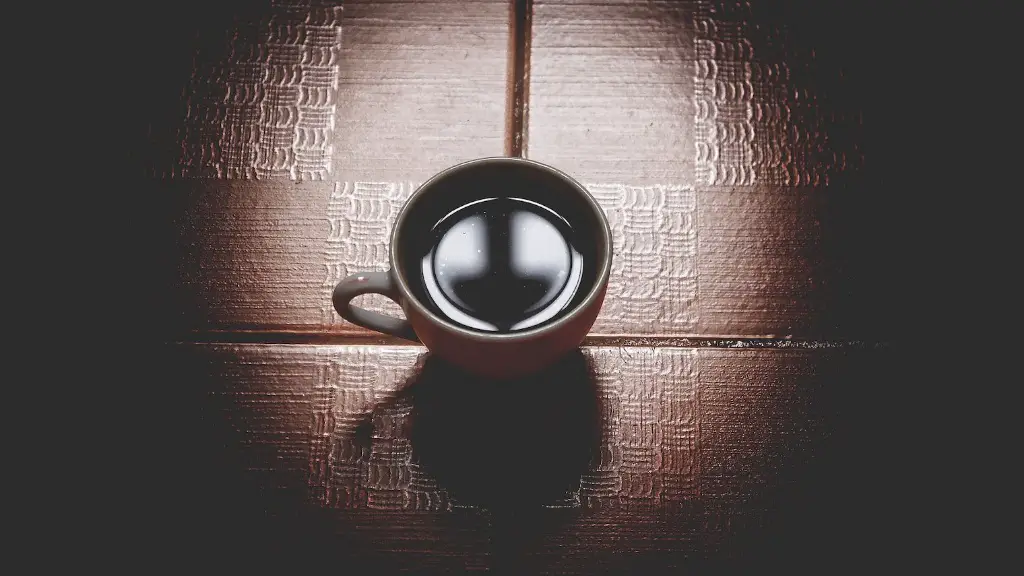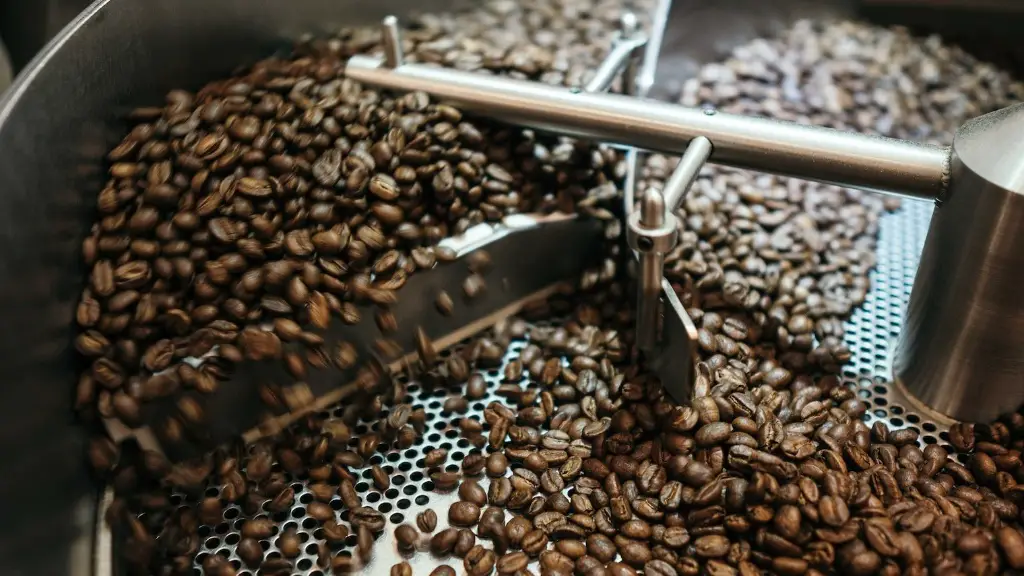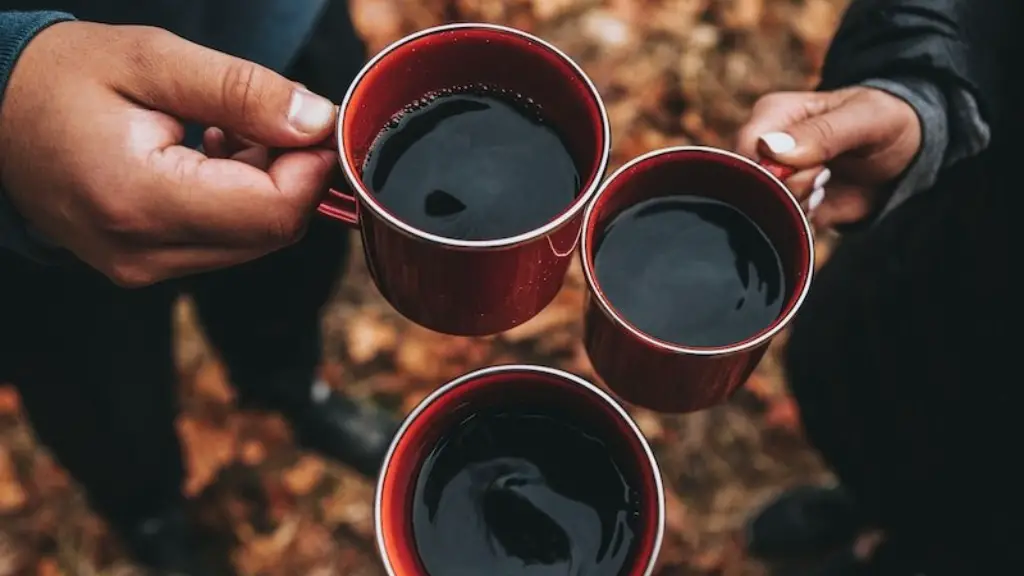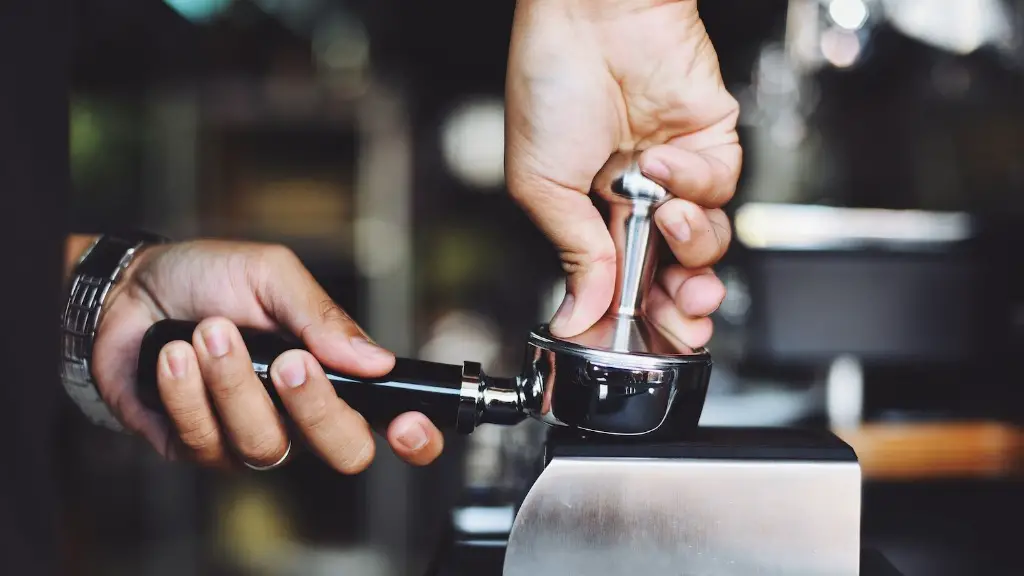A lot of people don’t know how to roast coffee beans. Some people think that you can just buy roasted coffee beans from the store, but that’s actually not the case. You can roast your own coffee beans at home with a few simple steps. First, you need to find some green coffee beans. These can be found at your local coffee shop or online. Once you have your beans, you need to place them in a roasting pan and put them in the oven. Roast the beans for about 15-20 minutes, or until they are a dark brown color. Once they are done roasting, let them cool and then enjoy your homemade roasted coffee beans!
When coffee beans are roasted, they are placed in a roaster where they are heated until they reach temperatures between 375 and 480 degrees Fahrenheit. The beans are constantly stirred during the roasting process to ensure that they are roasted evenly. Roasting coffee beans develops their flavor and aroma, and allows the coffee to be ground and brewed.
What is the difference between roasted and unroasted coffee beans?
Chlorogenic acid is a compound found in coffee beans that has been shown to have numerous health benefits. However, these benefits are largely lost when the beans are roasted. Therefore, if you are looking to maximize the health benefits of coffee, it is best to consume it in its unroasted form.
Heat causes a reaction between the carbohydrates and amino acids in the beans, which causes changes in color, flavor, and nutritional content. The change in color is due to the production of melanoidins. These are large molecules that not only turn the beans brown, but contribute to mouthfeel and body.
Does coffee beans need to be roasted
Coffee beans must be roasted in order to create coffee. The roasting process releases the coffee bean’s natural oils, which create the characteristic flavor and aroma of coffee. Without roasting, coffee beans would be bland and have no flavor.
Roasting coffee beans is an important step in making a great cup of coffee. The roasting process applies heat to the beans, which helps to release the coffee’s natural flavors and aromas. After the beans are roasted, they need to be ground and brewed in order to make a drinkable beverage.
Is it safe to drink unroasted coffee beans?
Raw coffee beans are safe to eat, although you may not like the taste. They are highly acidic and have a “grassy” or “woody” flavor. They are much harder than roasted beans, making them difficult to chew.
Coffee beans begin to lose their essential oils and fabulous flavors the moment they are roasted. Hence, the best coffee you can drink is always the freshest coffee available.
Can you drink freshly roasted coffee?
If you’re a coffee enthusiast, you know that fresh coffee is the best coffee. But did you know that fresh coffee only lasts 2-3 weeks? That’s right – after roasting, coffee needs a couple of days to degas and then it is ready for consumption. At about three days after roasting, coffee is at its peak. You’ll still be able to pick out flavorful notes, and appreciate a selection’s body and acidity, though, for a few weeks after roasting. So next time you buy a bag of coffee, be sure to enjoy it while it’s fresh!
As a general rule of thumb, an opened bag coffee should be enjoyed within 2-4 weeks after roasting. At our Roasterie Cafes, we build in several days of “rest” for our coffees between roasting and brewing. This allows the coffee to reach its peak flavor potential. After 2-4 weeks, the coffee will start to lose its freshness and flavor.
How long should coffee rest after roasting
It’s always best to let coffee beans rest for a few days after roasting. This allows the flavors to open up and offer much more clarity to your cup. In short, what you extract is the flavor from the coffee beans rather than the trapped C02 often perceived as high acidity and sourness in fresh roasts.
Coffee experts generally suggest waiting a week after the beans have been roasted before grinding them. This is because coffee beans are packed and sealed tightly, which slows down the degassing and oxidation process. By waiting a week, you allow the beans to degas and oxidize properly, resulting in a better tasting cup of coffee.
How do you tell if your coffee beans are freshly roasted?
The Ziploc bag test is a simple and effective way to check the freshness of your coffee beans. Simply place a handful of beans in a bag, press out the air, and let it sit overnight. In the morning, check the bag to see if it has inflated due to the release of CO2. If it has, then your beans are fresh.
If you want to roast your own beans at home, there are a few things to keep in mind. First, you’ll need to maximize ventilation by roasting the beans outdoors on a grill or in a pan on the stove. Next, add a shallow layer of beans to the pan and keep stirring. Listen for the first crack after 4-5 minutes, and then the second crack after 6-7 minutes. At this point, dump the beans into a colander to cool. Finally, leave the beans exposed for 12 hours to de-gas.
Is it cheaper to roast your own coffee
Home coffee roasting is a great way to save money on your coffee costs. Green coffee beans are much cheaper than roasted beans, so you can save a lot of money by roasting your own beans at home.
To create a blend, roasters either have to mix the beans before roasting or after roasting. Some roasters believe that mixing the beans before roasting leads to a more uniform and consistent flavor, while others believe that mixing the beans after roasting allows each bean to retain its own individual flavor. Ultimately, it is up to the roaster to decide which method to use.
Which roast of coffee is healthiest?
Dark roast coffee is more effective than light roast coffee in reducing body weight, and in restoring red blood cell vitamin E and glutathione concentrations in healthy volunteers. This is because dark roast coffee contains more caffeine than light roast coffee. Caffeine is a stimulant that can help to boost metabolism and burn fat.
Green coffee beans can last for a long time, up to 2 years or more. However, roasted beans only last for a shorter period of time, around 2-6 months. This again depends on the type of coffee and your personal preferences.
Conclusion
The process of roasting coffee beans is a crucial step in determining the final flavor of the coffee. The beans are first sorted by size and then placed in a roasting drum. The drum is rotated to ensure even roasting and to allow the beans to be constantly exposed to the heat source. The roasting temperature and time will vary depending on the desired results.
There are a few things to keep in mind when roasting coffee beans. The first is that the beans should be roasted slowly in order to bring out their flavor. The second is that the beans should be allowed to cool before grinding them. And finally, the beans should be ground evenly in order to ensure a consistent cup of coffee.





